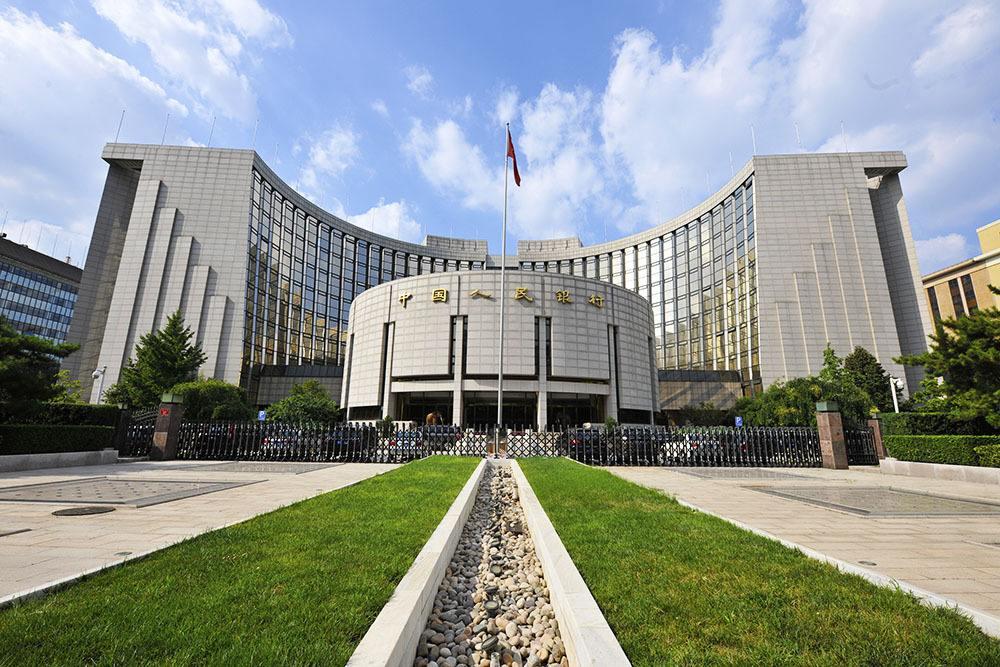BEIJING, Jan. 16 (Xinhua) -- China's new yuan-denominated loans totaled 16.81 trillion yuan (2.44 trillion U.S. dollars) last year, up 643.9 billion yuan year on year, central bank data showed Thursday.
In December alone, new loans stood at 1.14 trillion yuan, up 54.3 billion yuan year on year, according to the People's Bank of China (PBOC).
The M2, a broad measure of money supply that covers cash in circulation and all deposits, rose 8.7 percent year on year to 198.65 trillion yuan at the end of last year.
The M2 growth was 0.5 percentage points higher than that at the end of November and 0.6 points higher than the same period of the previous year.
Beating market expectations, the rise came amid growing derivative deposits, as well as the expected increase in the base money supply due to the strengthening yuan, Wen Bin, chief researcher with China Minsheng Bank, said in a research note.
The narrow measure of the money supply (M1), which covers cash in circulation plus demand deposits, rose 4.4 percent year on year to 57.6 trillion yuan by the end of December.
The M1 growth was 0.9 percentage points higher than that at the end of November and 2.9 points higher than the same period of the previous year.
M0, the amount of cash in circulation, went up 4.8 percent year on year to 7.72 trillion yuan by the end of last month.
In 2019, the central bank injected 398.1 billion yuan of net cash into the market.
Newly added social financing, a measurement of funds that individuals and non-financial firms receive from the financial system, came in at 2.1 trillion yuan in December, up 171.9 billion yuan from a year ago.
In the year 2019, total new social financing reached 25.58 trillion yuan, an increase of 3.08 trillion yuan from the same period in 2018.
Starting December 2019, treasury bonds and local government general bonds were included in total social financing statistics, said the PBOC on its website.
By the end of 2019, total outstanding social financing rose 10.7 percent year on year to 251.31 trillion yuan. Of the total, outstanding RMB loans to the real economy were 151.57 trillion yuan, up 12.5 percent year on year.
Judging from the structure, the real economy has been receiving more loans. Outstanding yuan loans to the real economy accounted for 60.3 percent of outstanding social financing by the end of last year, 1 percentage points higher than the same period in 2018.
"By increasing credit support for inclusive finance, advanced manufacturing and infrastructure, the banking sector has let finance play a key role in stabilizing the economy," said Wen, noting that the credit structure has been further optimized.
China's new yuan deposits in 2019 totaled 15.36 trillion yuan, PBOC data showed. By the end of December, total outstanding yuan deposits stood at 192.88 trillion yuan, up 8.7 percent year on year.
In 2019, RMB settlement for cross-border trade amounted to 6.04 trillion yuan and RMB settlement for direct investment stood at 2.78 trillion yuan.




 A single purchase
A single purchase









